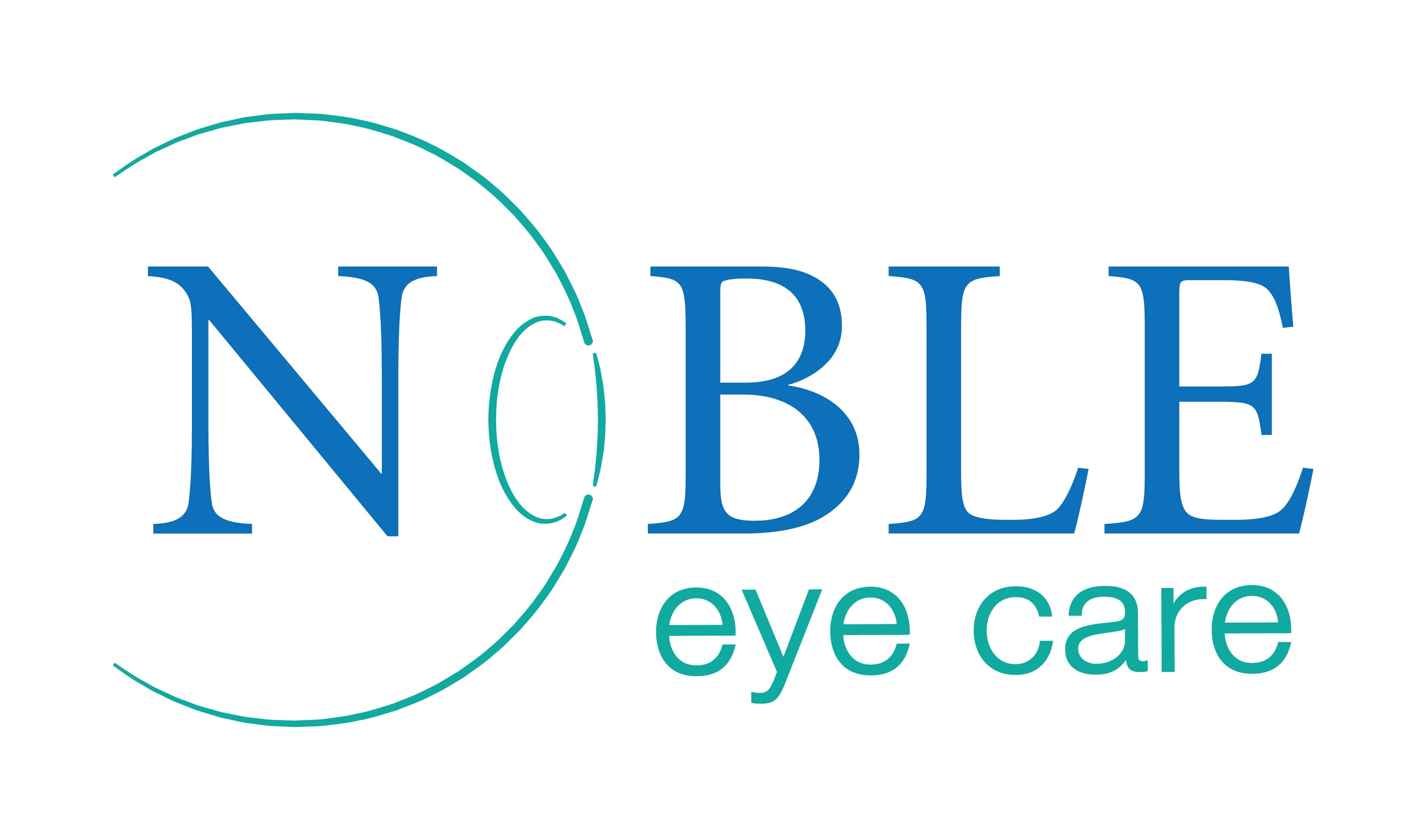What is Nasolacrimal Duct Obstruction?
Nasolacrimal duct obstruction is a blockage of the lacrimal drainage system. This drainage system consists of two small holes in the eyelid margins called punctum which drain the tears into a lacrimal sac which further empties into the back the nose through a nasolacrimal duct.
Is the nasolacrinmal duct obstruction from birth?
In children, majority of the nasolacrimal duct obstruction is congenital i.e. from birth. 5% of normal new-borns will have a blocked nasolacrimal duct. This blockage is usually at the site where the duct enters the back of the nose. The blockage can be unilateral or bilateral. In 90% cases, it opens up spontaneously by the age of 1 year.
What causes this nasoclacrimal duct blockage?
There is generally a thin membrane at the nasal end of the duct which blocks it in most cases but sometimes there could be other causes including a bony obstruction.
Who is at risk of Nasolacrimal Duct Obstruction?
Children with Down syndrome, skull abnormalities such as craniosynostosis, and cleft palate are at higher risk of congenital nasolacrimnal duct obstruction.
How do children with nasolacrimal duct obstruction present?
Children with congenital nasolacrimal duct obstruction present with history of tearing, mucous discharge and epiphora of one or both eyes. Sometimes, there may be swelling and infection in the lacrimal sac adjacent to the nose called dacryocystitis. This happens as the nasolacrimal sac is filled at birth with clear amniotic fluid which gets infected after birth if the duct is obstructed. It may then cause recurrent conjunctivits in infants resulting in pink eye episodes. These symptoms are worse with a concurrent upper respiratory infection.

How nasolacrimal duct obstruction diagnosed?
Diagnosis is confirmed by a regurgitation test in which if pressure is applied over the lacrimal sac there is a reflux of mucoid or mucopurulent material from the punctum. In few cases, a fluorescein dye disappearance test can be helpful.
What is the treatment of Nasolacrimal Duct Obstruction?
Treatment of congenital lacrimal duct obstruction consists of initial observation for resolution aided by lacrimal massage. If this does not occur by 1 year of age, probing of the persistent duct obstruction is done with special lacrimal probes. If probing fails, then surgical procedures including balloon dacryoplasty, nasolacrimal duct intubation or dacryocystorhinostomy may be needed. During episodes of pink eye, topical antibiotics are to be instilled in the eye.
![DigvijayProfile[1]](https://drdigvijaysingh.com/wp-content/uploads/2017/11/DigvijayProfile1.jpg)
